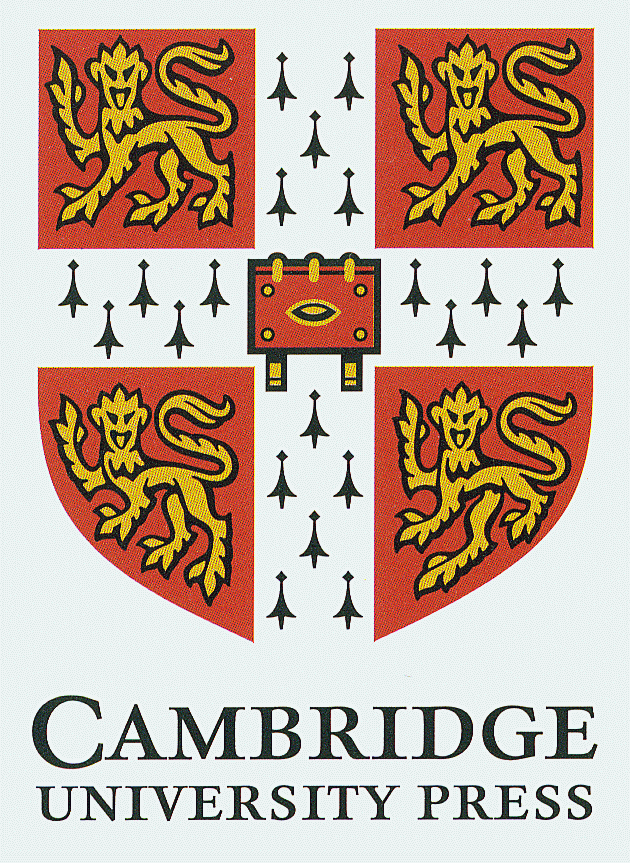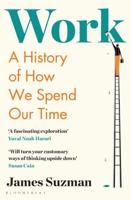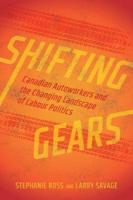Publisher's Synopsis
This major 1984 study of South African trade unionism traces the history of the South African Trades and Labour Council (TLC) from its origins in the 1920s to its demise in the early 1950s. The book focuses on South Africa's secondary industrialisation and subsequent changes in work organization. By analysing trade union structures and strategies Dr Lewis shows how divisions within the labour movement were bound up with the development of production processes and the division of labour, rather than being the inevitable outcome of racial antagonisms. The early chapters analyse the emergence of different trade union strategies. As work processes were transformed by the rapid industrialisation of the 1940s, the traditional craftsmen lost their technical indispensability and increasingly performed supervisory functions. Faced with dilution and undercutting, and increasingly hostile to the majority of black production workers, the craft unions responded by redefining membership on the basis of race rather than skill.











